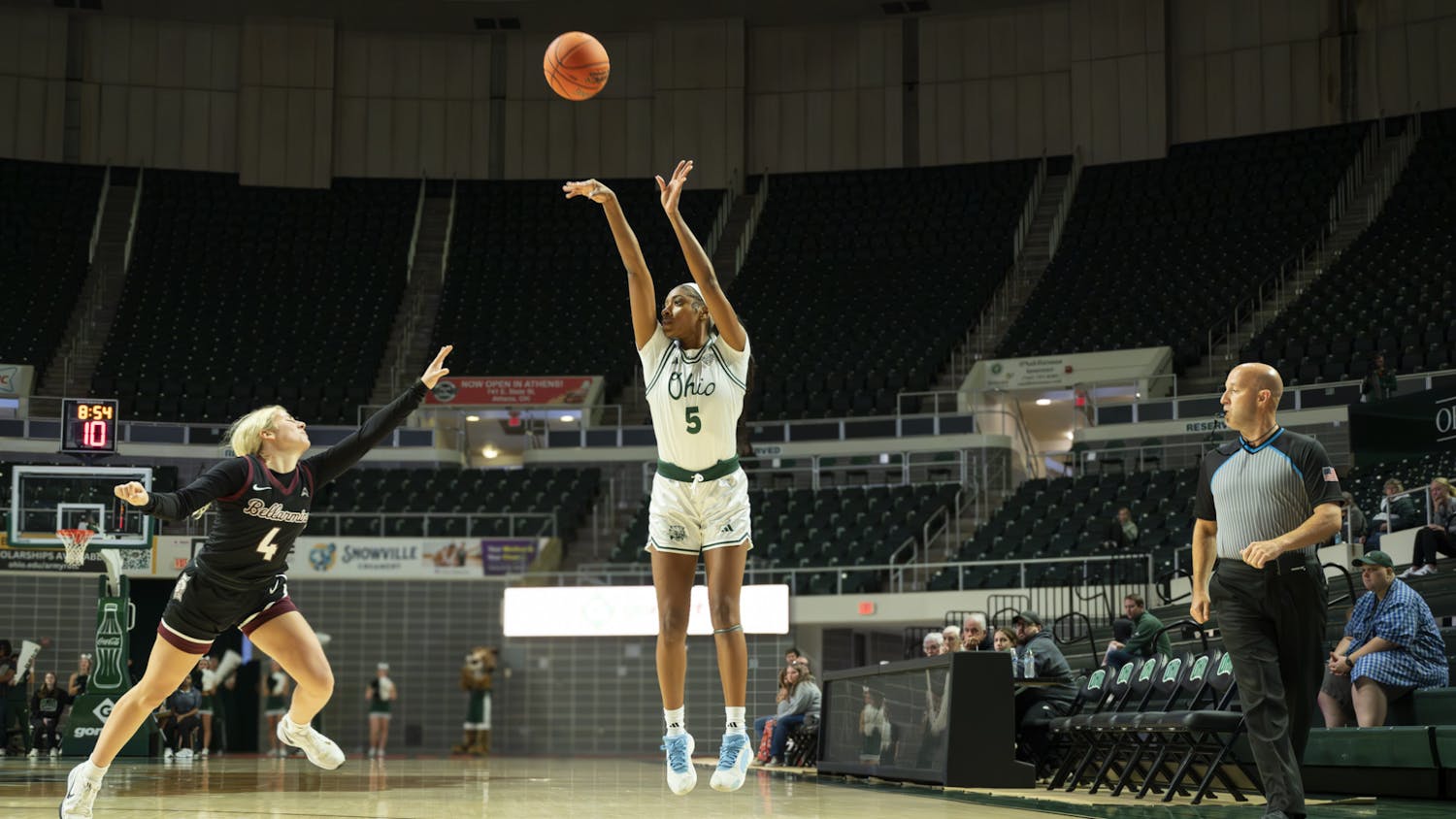Let me be the first to tell you that I am a traditionalist. I love Original Six hockey, hate sequels, still use baby shampoo and take gummy vitamins. There goes my street cred.
Clearly, I am afraid of change. Or maybe I’m just another Lutheran.
However you slice it, the idea of fixing something that isn’t broken never appealed to me. That is especially true when it comes to college sports postseason formats — until Sunday, that is, when Virginia Commonwealth knocked off No. 1 seed Kansas in the East Regional Final to advance to its first-ever Final Four.
Near the end of the game, CBS showed a jubilant VCU fan hoisting a checklist of the “power conferences” from which the Rams’ opponents hailed. The win against the Jayhawks made the Big 12 the fifth entity on the list.
It took me a moment to confirm this fan’s math: How could a team beat five big-name schools in the first four rounds of the tournament? The answer, of course, was the First Four.
In essence, the NCAA added three play-in games to this year’s men’s basketball tournament (interestingly, not the women’s) and dubbed the contests the “first round.” The rounds of 64 and 32 were rechristened the second and third rounds, respectively.
As a result, teams such as St. Peter’s and Akron, which have a combined 0-6 NCAA Tournament record, will hang their first “Second Round” banners over their home courts despite never playing a second game in the tournament.
So why would the NCAA choose to rename the opening round instead of merely expanding it? What could possibly merit awarding byes to 60 teams? Because there was a need to redefine how the opening round was perceived.
The term “play-in game” has a negative connotation: “You don’t belong in the Big Dance, but because you have an automatic bid, we have to put you somewhere. With any luck, you’ll lose before playing Duke, Ohio State, or some Big East choker.” The First Four, on the other hand, almost seems desirable. Everyone wants to be first, right? Besides, it has the same alliterative qualities of the hallowed Final Four.
But another reason for the redesign was the names represented in the entry-round games. From its inception in 2001 to 2010, 18 schools from nine mid-major conferences took part in the play-in game. This year, Clemson and USC represented the ACC and Pac-10 to add a big-name element to a little-name sideshow. The Tigers and Trojans played for 11 and 12 seeds, respectively, unlike the matchups featuring two mid-major teams for 16 seeds. There’s big business for ya.
But the Selection Sunday boot might have fit USC as well as VCU. The Trojans were fourth in the well-balanced, moderately impressive Pac-10. The Rams placed fourth in the less-prestigious Colonial Athletic Association. An early-season upset against UCLA and a seemingly ordinary conference win against Hofstra are the difference between an historic NCAA Tournament run and a consolation invitation to the NIT.
The problem with expansion is that it is limitless. When the tournament began in 1939, eight teams competed for a title. For the first time in NCAA history, none of the top eight teams in the tournament made it to the Final Four this year. The landscape of the game has changed, and so has the tournament. The selection committee has become less selective, opting to add berths instead of choosing between big-name and big-game athletics. After all, it was only four years ago that the Rams knocked off Duke as an 11 seed.
Any team can upset another. NCAA Division-I worst Houston Baptist won five games this year, and I doubt they were favored to win any of those. Low seeds will always upset high seeds. Expanding the field is not the solution every time there is a difficult decision to make.
Somewhere, there has to be a cutoff. There will always be an n + 1 for every n number of teams in the tourney. The field should have comprised 65 teams — including VCU and excluding USC — but if it takes 68 berths and an extra win to ensure Cinderella gets a chance to try on the silver slipper, I can’t complain.
Now the BCS, on the other hand …
—Michael Stainbrook is a sophomore studying journalism. If you remember paying $2 for gas, then email him at ms229908@ohiou.edu.
@ThePostSports





